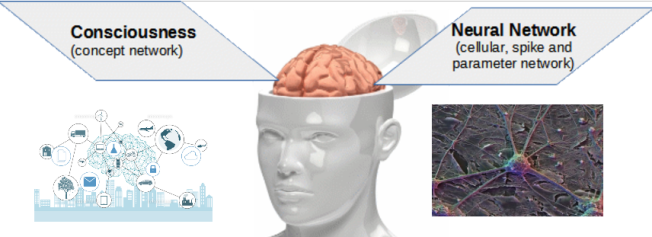GTOM: Difference between revisions
From MediaWiki
No edit summary |
No edit summary |
||
| Line 25: | Line 25: | ||
== See also == | == See also == | ||
[['''Hypothesis #2''': | [['''Hypothesis #2''': Gativus Cognitive Network (GCON) | GCON]] | ||
[['''Hypothesis #3''': | [['''Hypothesis #3''': Gativus Object Map (OMAP) | OMAP]] | ||
[['''Hypothesis #4''': | [['''Hypothesis #4''': Gativus Operating Network (OPNT) | OPNT]] | ||
Revision as of 07:33, 16 December 2024
Gativus Theory of Mind and Consciousness (GTOM)
The Gativus Theory of Mind and Consciousness (GTOM) is a set of axioms and hypotheses aimed at explaining the phenomenon of human consciousness.
Axiom #1: The Human Brain and Multiple Networks
- The human brain:
- Consists of cellular tissue, in fact - network, and
- Produces Mind and Consciousness.
Networks in the Brain
The brain’s primary tissue is composed of neurons, interconnected by synapses to form biological neural networks. These networks vary in their:
- Purpose, reflecting the brain's diverse functional roles.
- Construction, determined by the types of neurons and synaptic connections.
Mind and Consciousness
Mind and Consciousness are phenomena universally and intuitively acknowledged, even if not fully understood.
The coexistence of: (1) cellular network; and (2) Mind and Consciousness network within the same physical structure—the brain—suggests a deep interconnection. GTOM focuses on defining and understanding this connection, aiming to uncover how these systems interact and influence one another.
